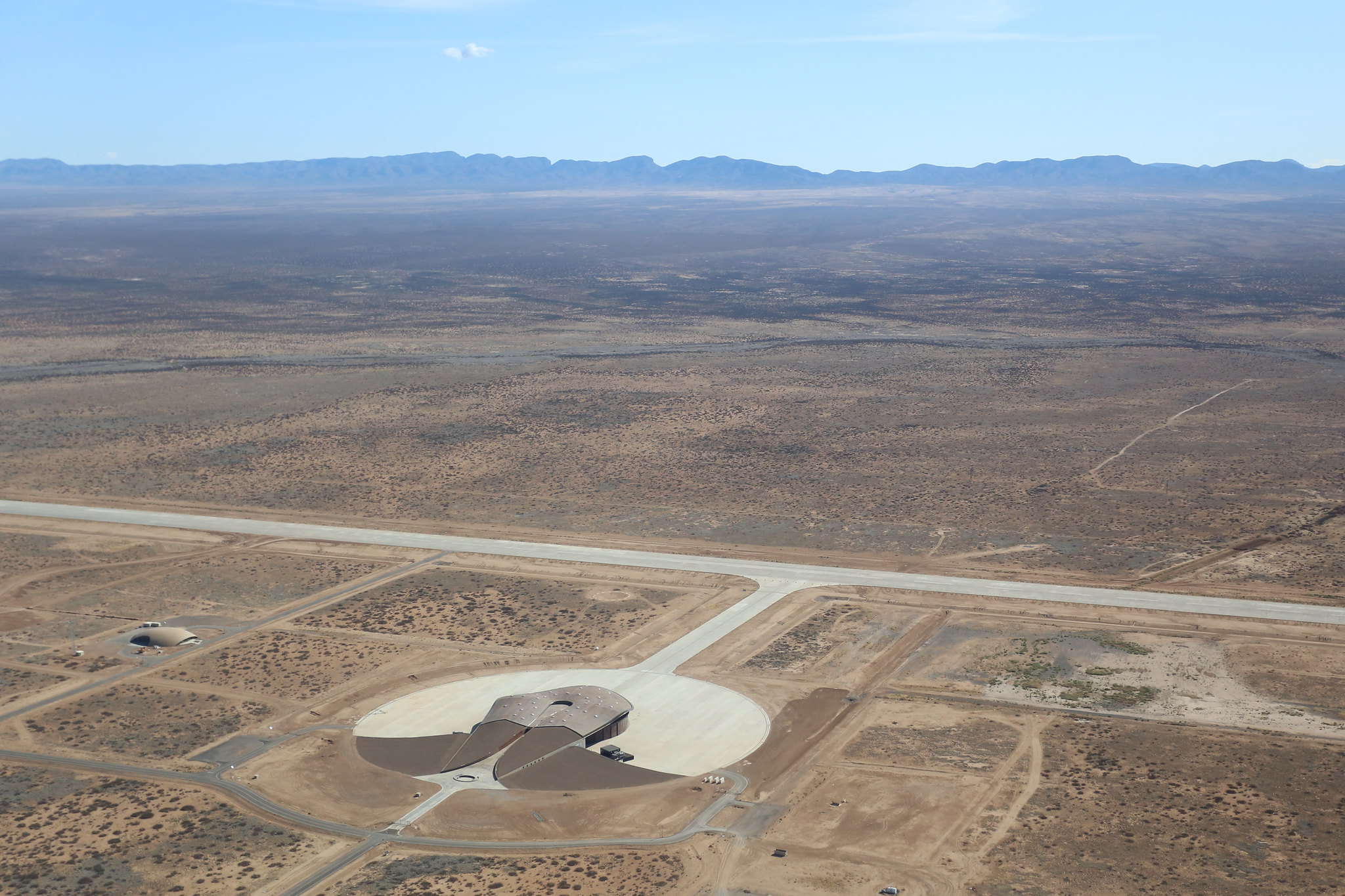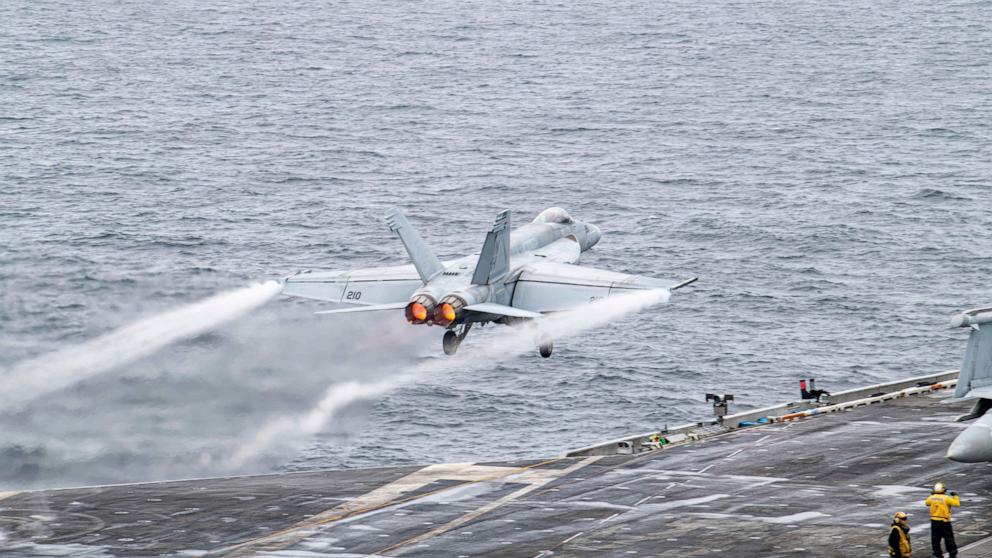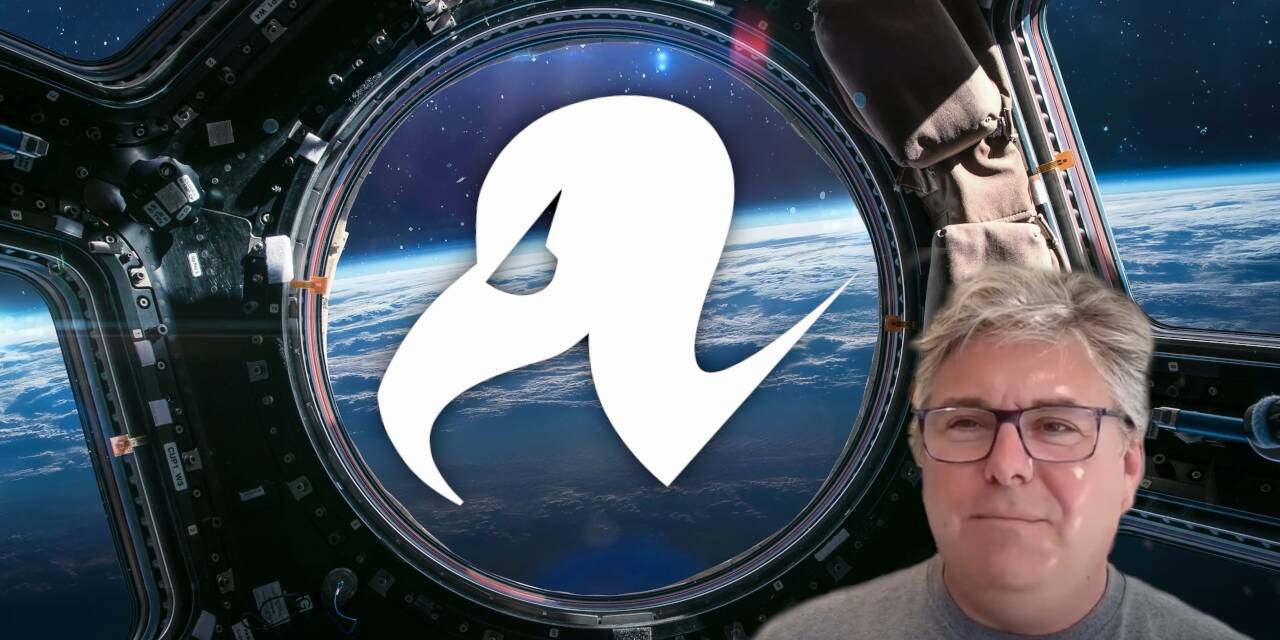ORLANDO, Fla. — As congestion becomes a growing concern at the nation’s main launch facilities in California and Florida, operators of inland spaceports are looking for innovative solutions to support orbital launches.
The number of commercial launches authorized by the Federal Aviation Administration has more than tripled from 31 licensed launches in fiscal year 2020 to 106 in fiscal year 2023. According to data presented by Pam Underwood, director of the FAA’s Office of Spaceports, the forecast for fiscal year 2024 is 111 launches. This information was shared at the annual meeting of the Global Spaceport Alliance on January 29.
Despite this growth, most of the activity has been at federal ranges such as Cape Canaveral Space Force Station and Kennedy Space Center in Florida, as well as Vandenberg Space Force Base in California. In fiscal year 2020, federal ranges accounted for 51% of licensed launches, increasing to 78% in 2023.
Pam Underwood explained, “Why? Infrastructure, capabilities, services, are all readily available at those locations. That’s where industry has gravitated towards.”
These facilities are also equipped to accommodate vertical orbital launches, which have accounted for over 80% of licensed launches in recent years. Although there are 14 FAA-licensed launch sites, many of them are located inland and have traditionally faced obstacles in hosting orbital launches due to range safety concerns.
One of these spaceports is Spaceport America in New Mexico, which has been primarily recognized for hosting Virgin Galactic suborbital flights. It has been actively seeking funding for an “Orbital Launch Challenge” prize. This competition would award $2 million to the first company to receive an FAA license for, and subsequently attempt, an orbital launch from Spaceport America.
Scott McLaughlin, executive director of Spaceport America, expressed his frustration, saying, “What I’m disappointed in is that the Space Force and others are very focused on the Cape and Vandenberg and Wallops. There’s no emphasis on making launches safe enough to fly over humans. I think that’s a natural progression and it just doesn’t seem to be on anybody’s radar right now.”
He emphasized the need for vehicle operators to develop ways to safely abort missions. This could potentially lead to a reduction in payload capacity, but McLaughlin suggested that prioritizing safety would likely favor horizontal launch systems with wings in the initial stages.
While McLaughlin revealed that the proposal for the $2 million competition was presented to New Mexico legislators, he indicated that it is unlikely for the state to provide funding for the challenge this year. However, he remains hopeful for next year and plans to collaborate with other interested spaceports and launch companies.
During the Space Mobility conference on January 30, the topic of inland vertical launch was discussed, with spaceport operators and Space Force officials indicating that its realization may still be far off.
Ted Mercer, head of the Virginia Spaceport Authority, remarked, “I see it being years away. It’s about flight heritage: when do you consider a particular model of rocket to have X number of consecutive successful launches that you would call it routine?”
Referring to the Falcon 9, which has had one in-flight failure in nearly 300 launches, he questioned, “Is that routine? It’s getting close in my mind.”
John Steinmeyer, executive director for Assured Access to Space at the Space Force’s Space Systems Command, acknowledged the evolving capabilities in reusability and precision landing that could enable inland launches. However, he highlighted the significant policy implications that need to be addressed and the necessity of demonstrating substantial reliability.
For Equatorial Launch Australia, an Australian spaceport, inland launches are not a concern. Michael Jones, executive chairman of the company, stated that they have identified trajectories which allow launches from the Arnhem Space Centre in Australia’s Northern Territory to travel south for missions to sun-synchronous orbit (SSO). He noted, “We can launch to SSO, 3,700 kilometers, and not fly over a person.”














